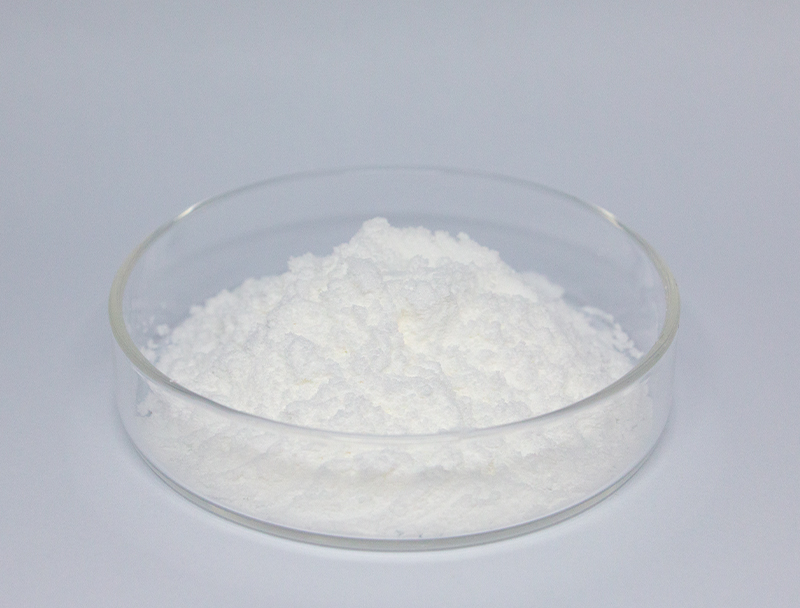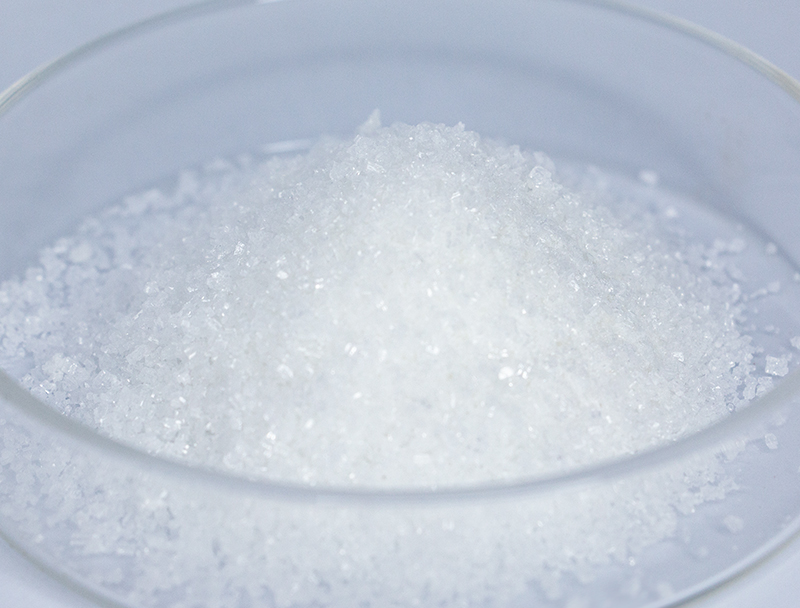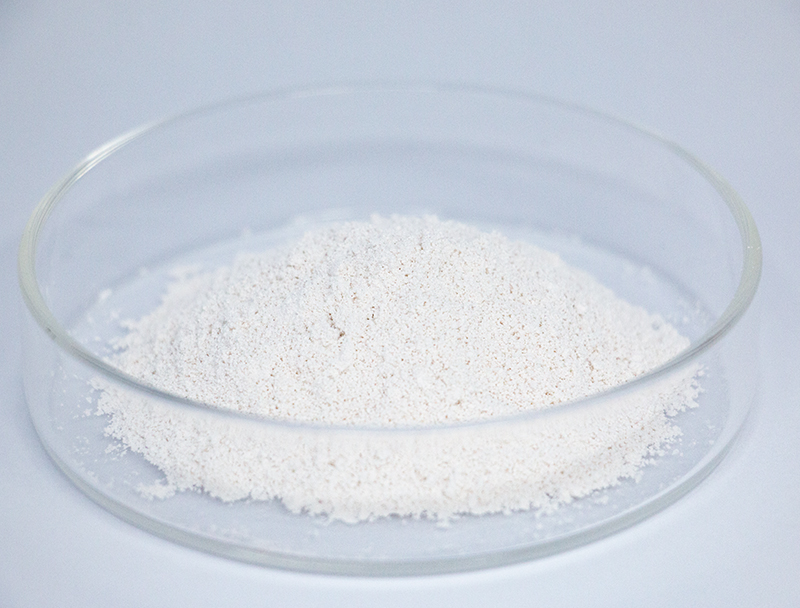
Advanced biosystems are built around a substantial range of starting materials to create novel bio-derived items.
Preserving the sustainable sourcing of these resources forms the foundation of durable, responsible industrial growth.
diverse obstacles inherent in legacy sourcing approaches including carbon-intensive impacts and resource exhaustion. Accordingly, companies are required to implement regenerative sourcing methods to mitigate footprints.
- Samples of circular procurement methods cover:
- Harnessing secondary biomass from farming outputs
- Deploying circular process designs to reduce discard and boost reuse
- Working with community-based suppliers that follow ethical standards
Shifting to ethical sourcing drives environmental value and long-term commercial viability.
Upgrading Feedstock Traits for Better Biofuel Performance
Enhancing biofuel output is grounded in superior feedstock characteristics. Engineers continually develop approaches to improve biomass suitability, facilitating elevated yields and a renewable energy transition. Approaches include genomic enhancements to boost biomass growth and processing methods to convert complex lignocellulose into fermentable sugars.
- In addition, projects pursue feedstocks like algae, waste fractions, and harvested residues to enlarge the selection of eco-friendly biomass for bioenergy.
- Via sustained research the industry stands ready to accomplish considerable improvements that enable a greener energy transition.

Enhanced Upstream Strategies for Biopharmaceutical Yield
spans early manufacturing steps including propagation and cell separation Current advancements have streamlined operations and improved bioproduct yields.
Crucial progress includes proprietary cell systems, optimized growth media, and adaptive bioreactor architectures. Such breakthroughs boost efficiency and simultaneously reduce manufacturing costs and carbon burdens.
- Moreover, continuous manufacturing adoption is enabling dynamic control and greater adaptability in upstream workflows.
- Transitioning to refined production methods has the potential to overhaul the industry and expedite new treatments.

Advances in Gene Editing to Boost Therapeutic Production
refinements in gene-targeting technologies have advanced protein production workflows. By accurate genomic tuning, developers enhance yields of critical biopharmaceuticals. The strategy paves the way toward accessible, high-yield therapeutics across disease spectra.
Microbial Solutions for Greener Bioremediation Practices
advanced microbe-driven remediation methods to treat contaminated sites sustainably. Various microbial strains are capable of breaking down toxins into safer constituents.. Tapping into these capabilities enables green remediation tactics to restore ecosystems affected by industrial contamination.. Scientists are actively exploring a wide range of microbial species with diverse metabolic capabilities to target various pollutants, including heavy metals, pesticides, oil spills.. Such organisms are usable in treatment systems or applied directly to soils and waters to drive biodegradation of contaminants..
Microbe-based remediation provides compelling advantages over standard remediation methods. Such strategies are budget-friendly and lessen the creation of harmful byproducts. Also, microbial interventions offer targeted remediation that minimizes collateral ecosystem disturbance. Research progresses swiftly to enhance microbial remediation efficiency and practical effectiveness.
Computational Biology in Drug Discovery
Bioinformatic tools play an increasingly crucial role in the modern landscape of drug discovery and development. By leveraging complex datasets, bioinformatics expedites discovery and optimizes candidate safety and potency.
- Through mining large genomic, proteomic, and clinical repositories, informaticians reveal new targets and forecast drug behaviors.
- In addition, predictive simulations inform medicinal chemistry efforts to craft more efficacious drugs.
- In the end, informatics-driven methods streamline development and accelerate delivery of therapeutic solutions to patients.
Synthetic Biology Routes for Elevated Bioproduct Synthesis
uses diverse methods to increase biosynthesis of target bioproducts in organisms. These strategies can involve genetic modifications to optimize metabolic pathways, regulation of gene expression, and the introduction of novel genes to confer new capabilities.. Through strategic metabolic edits practitioners can markedly increase the synthesis of target products.
This wide-ranging tactic can overhaul industries spanning medicine, agriculture, and energy production.

Upscaling Biopharma: Obstacles and Potential Gains
Transitioning to higher volumes entails serious complications and potential rewards. Sustaining uniform quality across expanded production capacity is a principal challenge. Managing it necessitates robust automation, high-fidelity monitoring, and powerful analytical capabilities.

One issue is the complexity of biopharmaceutical manufacturing processes, which often involve multiple steps.. Scaling optimization is a resource-intensive task that calls for substantial innovation and study.. Nonetheless, the advantages can be major. Well-executed upscaling can improve therapy access, decrease costs, and enhance economic performance.
Numerous initiatives aim to tackle these scaling challenges. These include the development of new technologies for process optimization, advanced analytics for real-time monitoring and control, and innovative manufacturing strategies.
- Innovation programs are essential to expand production competencies.
- Government agencies are streamlining review procedures to permit quicker uptake of new production technologies and foster innovation.
Understanding Regulatory Oversight to Ensure Biopharmaceutical Quality
Creating biologic medicines requires strict regulatory controls to maintain both patient safety and therapeutic value. Therapies derived from biological organisms carry special considerations not typical of conventional pharmaceuticals.
Regulatory authorities including FDA and EMA are central to creating criteria and processes for approving innovative biologics..
Stringent experimental and surveillance testing occurs across the entire development-to-market continuum. Those requirements help reveal risks and confirm that biologics satisfy stringent safety criteria..
Similarly, regulators iteratively adjust approaches to accommodate emerging biopharmaceutical breakthroughs.. This includes embracing novel technologies and facilitating the development process while maintaining a commitment to patient well-being.

Plant-Derived Inputs for Next-Gen Bioplastics
A stronger push for environmentally responsible materials is driving research into renewable options. Among these, bioplastics, produced from plant-derived biomass feedstocks, offer a promising avenue towards a greener future. Feedstocks including cornstarch, plant cellulose, and sugarcane derivatives yield biodegradable plastics which break down and mitigate plastic pollution.
Furthermore, these bioplastics often possess comparable properties to their petroleum-based counterparts, making them suitable for a wide range of applications.. Continuous development will unlock plant biomass value for sustainable bioplastic production and support circular systems.
This Emerging Impact on Public Health and Food Systems
Biotechnology offers potent solutions for advancing public 2-Ketoglutaric acid health and enhancing food security. Through advancements in genetic engineering, synthetic biology, and cell therapies, biotechnologists are developing innovative solutions to combat infectious diseases, improve crop yields, and enhance nutritional value.. A concrete example includes modified crops engineered for pest and stress tolerance that yield more while decreasing pesticide needs. Moreover, biotechnology plays a crucial role in developing vaccines, antibiotics, and diagnostic tools that are essential for combating infectious diseases and improving global health outcomes.. As innovations mature, biotechnology can provide meaningful contributions toward global health and resilient food supplies for future generations.
